In 1999, Wall Street believed they had found the key to the future. The magic word was ".com." Companies with no revenue, just "clicks," were valued at billions of dollars.
Analysts painted a vision of a frictionless, fully digitized world . Then reality set in. The dot-com bubble burst between March 2000 and October 2002, wiping out $5 trillion in market value, leaving a generation of investors with painful lessons.
A quarter of a century later, in July of this year, history seems to be knocking on the door again. But this time, the magic word has changed to “AI.”
The event of Nvidia, the graphics chip giant, becoming the first company in the world to surpass the $4,000 billion market capitalization mark was the "starting shot" for a grand party. The whole of Wall Street was immersed in artificial intelligence mania. Stocks like Microsoft, Google, Meta were pushed to unprecedented heights. The S&P 500 index continued to set new records. But in the midst of that jubilant scene, Torsten - the influential chief economist of investment giant Apollo Global Management - poured cold water on the crowd.
In a sharp analysis that is spreading like wildfire in financial circles, he draws an alarming conclusion: “The difference between the tech bubble of the 1990s and the current AI bubble is that the top 10 companies in the S&P 500 index today are significantly more overvalued than they were in the 1990s.”
Slok's warning isn't a sentimental one. It's based on a chart that should give anyone pause for thought.
The AI Pricing Bubble: When Wall Street Bets the Whole Market on a Perfect Game
A seemingly simple financial chart from Apollo Global paints a haunting portrait of the hype that’s been building on Wall Street. Torsten, Apollo’s chief economist, compared the forward price-to-earnings (P/E) ratio of the 10 largest companies in the S&P 500 to the other 490. This key metric reflects how much investors are betting on a company’s future: the higher the P/E, the higher the expectations.
The results of the chart are startling. This year, the gap between the two groups of companies has exceeded that at the peak of the dot-com bubble in 2000. This means that investors are placing their trust in giants like Nvidia, Meta, Microsoft, Apple, and Google with an even more extreme optimism than they had in Cisco or AOL more than two decades ago.
This euphoria is creating a dangerous phenomenon: a wildly skewed rally. While the S&P 500 looks healthy on the surface, a closer look reveals that almost all of the market’s gains have come from a handful of leading technology stocks. The other 490 companies have barely moved. In other words, the fate of the entire U.S. stock market, and with it millions of retirement accounts, mutual funds, and household wealth, is hanging on a handful of companies.
What if one of them, like Nvidia, reports weaker-than-expected earnings? In a market where expectations are already skyrocketing, a sneeze from this group could send Wall Street into a tailspin.
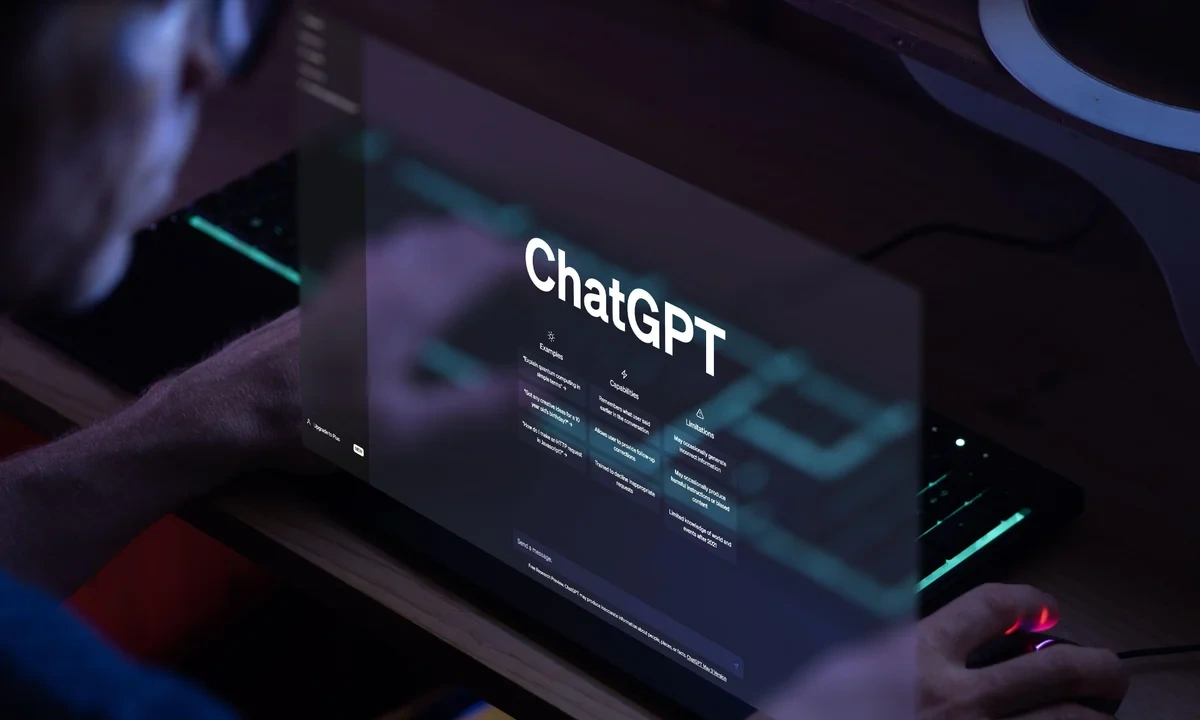
Where it all begins: OpenAI's ChatGPT launches in November 2022 (Photo: MauriceNorbert/Alamy).
Of course, many will argue that “this time is different,” and they have a point. Today’s tech giants are no longer the “good idea but no money” startups of the dot-com era. They are machines generating tens of billions of dollars in profit each quarter. Microsoft and Google have solid cash flows. Nvidia has moved beyond being a GPU manufacturer to become the indispensable hardware platform of the global AI revolution. Compared to 1999, the financial foundation of this group of companies is many times stronger.
But it’s here that Torsten’s warning really comes into focus. The problem isn’t that AI companies aren’t profitable, it’s that Wall Street is pricing them as if the future is perfect. A future where AI not only increases productivity, but also saves trillions of dollars, sustains exponential growth for years, and delivers on all the beautiful promises of Silicon Valley.
But financial history has always shown that nothing goes up forever. Every bubble, whether fueled by real profits or mere expectations, has a limit. And when expectations exceed reality, even by a little, the market always knows how to reclaim the price it paid for the utopian dream.
The Psychology of the AI Gold Rush
The psychological similarities between 2025 and 1999 are striking. Today, every CEO feels compelled to mention their “AI strategy” on earnings calls, much like how companies rushed to add “.com” to their names to attract investors two decades ago.
Stocks are rallying based on the potential and narrative of AI, not necessarily on the actual revenue and profits that AI will bring to the economy as a whole. Fear of missing out (FOMO) is pervasive in the market. Investors look at Nvidia’s phenomenal gains and tell themselves they can’t stay out of the game.
Wall Street is pricing AI as if it were a magical, risk-free, limitless technology—a machine that generates eternal profits. But beneath that halo lies a host of potential uncertainties that investors may be overlooking.
First, there are policy risks. As AI becomes more pervasive, from the job market to national security, governments will not stand idly by. Stricter regulations could soon be introduced, constraining the power of tech giants and slowing the pace of AI commercialization.
Next is the issue of cost. Developing and operating advanced AI models like GPT-4 or Gemini is not only expensive, but also consumes a huge amount of electricity and resources. When the profits are not really clear, the question of return on investment (ROI) still hangs in the air, making many experts hesitant.
The phenomenon of “AI illusion” cannot be ignored, where language models convincingly generate false information. This can lead to bad business decisions, bad media, or even social unrest if not tightly controlled.
And finally, the speed of adoption. The market expects businesses to quickly integrate AI into every process, but the reality is more complicated. Effective AI implementation requires structural change, long-term investment, and a skilled workforce – something not all companies are ready for.
In other words, AI may be the future, but not every future comes without a price.
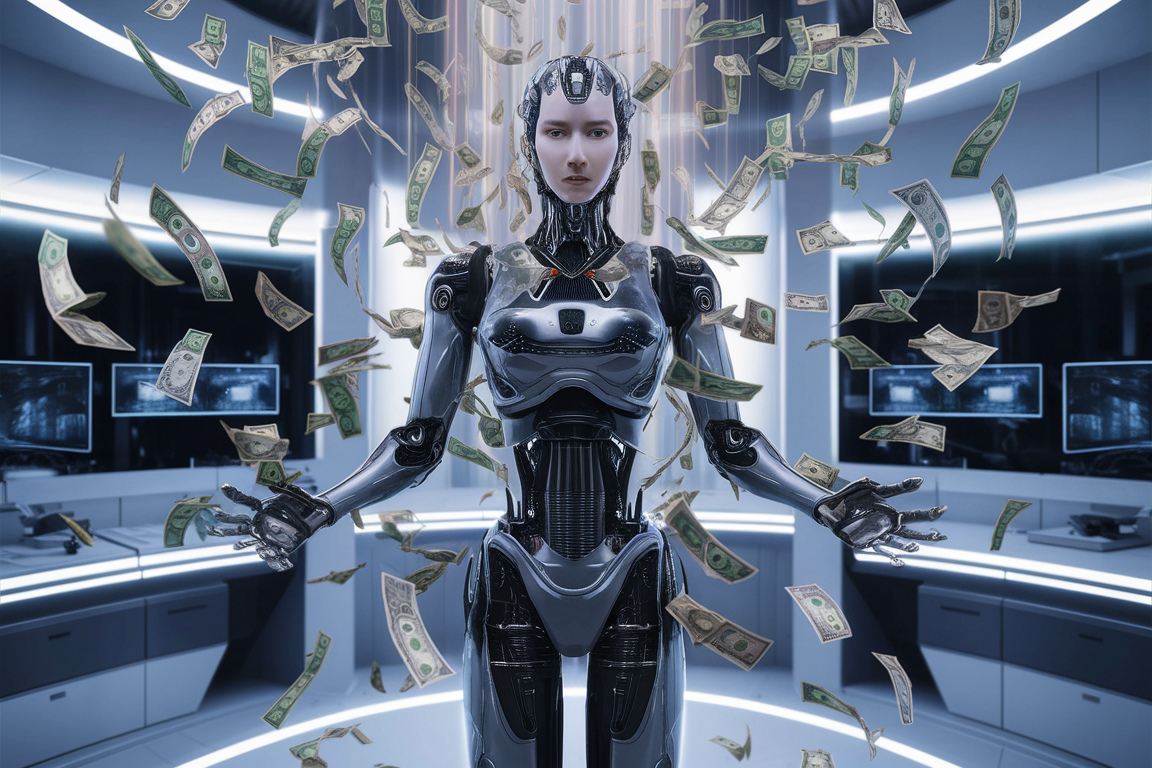
Large corporations around the world are spending heavily on artificial intelligence (AI) (Illustration: AI).
Risky Game: Who Will Be the First Victim of the AI “Bubble”?
Today, few doubt that AI will change the world. The big question now is not “Will AI revolutionize the way the Internet did?”, but “How much are you willing to pay today for a future that may come very late or never come?”
That is the real test for investors.
History has proven time and again that financial bubbles do not burst because the technology is fake. Dot-coms did not collapse because the Internet was a scam. On the contrary, great ideas are often real, but the problem lies in people being too impatient, too optimistic, and willing to pay too high a price to own the future before it has even arrived. When expectations get out of line, when cheap money is squeezed, the bubble bursts, regardless of how real the underlying technology is.
Wall Street is betting on a perfect future where AI will save productivity, create trillions of dollars in value, and change every industry. And because that optimism seems “reasonable,” it’s all the more dangerous. Because no one knows when reality will kick down the door of fantasy.
Torsten is not a prophet shouting "the end of the world has come". He is simply a lighthouse keeper at the end of the track, holding up a red warning light: "Watch out for ice".
AI will continue to break out, and names like Nvidia, Meta, Microsoft, Apple, and Google certainly haven’t left the race. But if Wall Street keeps chasing the AI dream without brakes or parachutes, the fall will be more painful than they think.
In 2000, people believed that the Internet would rewrite the laws of finance until the bubble burst. Today, AI is being similarly deified. And history is patiently waiting for an opportunity to remind us of its old lesson: No matter how high technology soars, gravity will eventually bring it all back down to earth.
Source: https://dantri.com.vn/kinh-doanh/bong-bong-ai-tren-pho-wall-lap-lai-bi-kich-dot-com-hay-buoc-nhay-vi-dai-20250718000715144.htm


![[Photo] President of the Cuban National Assembly visits President Ho Chi Minh's Mausoleum](https://vphoto.vietnam.vn/thumb/1200x675/vietnam/resource/IMAGE/2025/10/1/39f1142310fc4dae9e3de4fcc9ac2ed0)
![[Photo] Keep your warehouse safe in all situations](https://vphoto.vietnam.vn/thumb/1200x675/vietnam/resource/IMAGE/2025/10/1/3eb4eceafe68497989865e7faa4e4d0e)



![[Photo] Hanoi morning of October 1: Prolonged flooding, people wade to work](https://vphoto.vietnam.vn/thumb/1200x675/vietnam/resource/IMAGE/2025/10/1/189be28938e3493fa26b2938efa2059e)
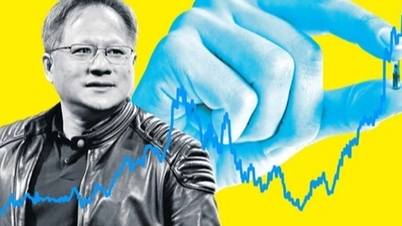


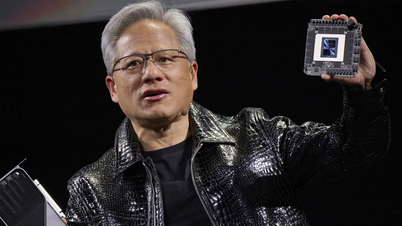

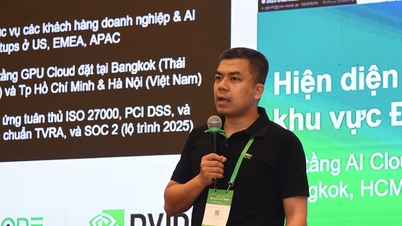
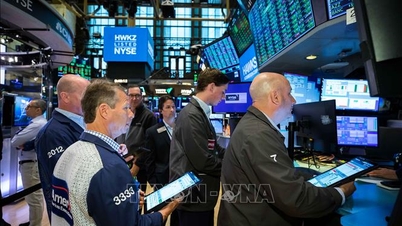


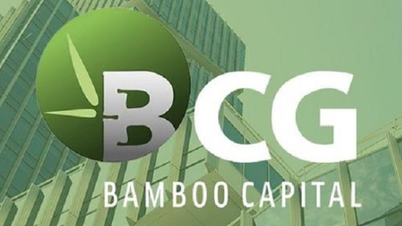



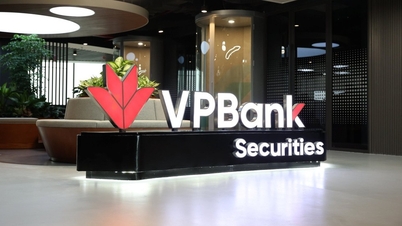



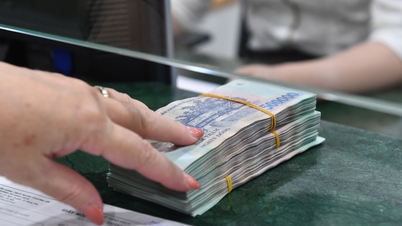






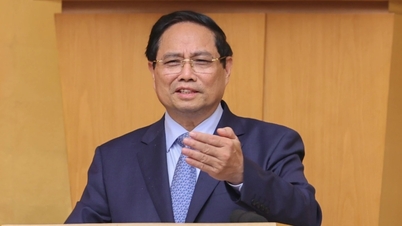

































































Comment (0)